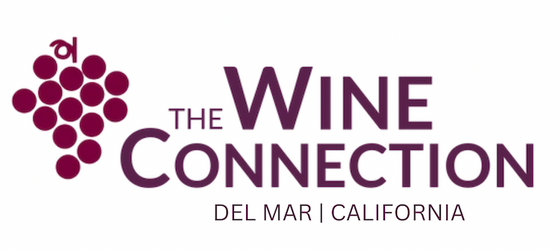Exploring Italy: Two Corners

Italian culture is undeniably captivating and their fermented grape juice is no exception. Italians have been producing wine for over 4,000 years on their beloved peninsula. Beginning with the Estruscans and followed by the Romans, it’s almost as if Italy’s inhabitants have always been making wine. This week we’ll be checking out two major winemaking regions in Italy of utmost importance. Disclaimer: this list is not in order of importance.
Friuli-Venezia Giulia: Italy’s most northeastern province is bordered by Slovenia, Austria, Venice (Veneto), and the Adriatic Sea. The region is cool and mountainous and is known for its world-class whites, but there are also some very important reds that come out of FVG. Friuli-Grave, a sub region of FVG, is home to most of Italy’s Pinot Grigio production. Another sub region of FVG is Colli Orientali del Friuli where Friulano is most well known. At the moment we have a delicious 2011 Friulano from the producer ‘I Clivi di Ferninando Zanusso’ for $34.99. One of the benchmarks for complexity in Italian white wine.
As far as reds are concerned, the most important reds of the region are Cabernet Franc, Merlot, Cabernet Sauvignon, and Terrano, a grape indigenous to the area. Red wines from FVG are generally a lot more racy and lifted. Great food wines and sometimes great for aging because of their low pH. One of the most value wines dollar-for-dollar I have ever experienced was a 1999 Merlot from Colli Orientali del Friuli. The producer was very unknown and I’m not sure the wine was even meant to age, but at $19.99 it blew me away!

Piemonte (Piedmont): We’re staying ‘cool’ this week. So many great wines come out of Italy’s most northwestern province as well. The sub regions most well-known are Barolo and Barbaresco, Gavi, and Asti but I recommend trying wines from areas like Dolcetto d’Alba, Ghemme, and Gattinara in case you ever see them. Piedmont is famous for its rustic cuisine and rustic wines. There is so much to be said about the quality of wines from Piedmont that you might just have to do some exploring for yourself in the glass.
Nebbiolo, Barbera, and Dolcetto are the most important red grapes of the entire province. Each of these wines can be made in so many varieties of sub-styles that I think you’ll have to try multiple wines from multiple producers to really start to get a sense of what each of these grapes are really like. Usually though, due to altitude and winemaking technique, these reds are often tactile and grippy on the palate while also having a delicate lift to them. If it were very warm in Piedmont winemaking would be a whole lot different, but cool temperatures provide slow, even ripening and good tannic development in fruit. This is the importance of the true terroir of the area.
Whites like Arneis and Cortese are also very prized and highly enjoyable from Piedmont. I recommend the Cayega Roero Arneis at The Wine Connection for a nice herbal and citrus driven pairing for salads, and the Enrico Serafino Gavi di Gavi to be enjoyed with hard and medium cheeses. Both are excellent food-friendly wines.


![[Video] Steak Sandwich w/ Wine Pairing](http://thewineconnection.com/cdn/shop/articles/20_1600x.png?v=1651179510)
![[Video] Passion Fruit Tart w/ Wine Pairing](http://thewineconnection.com/cdn/shop/articles/19_1600x.png?v=1651179483)
